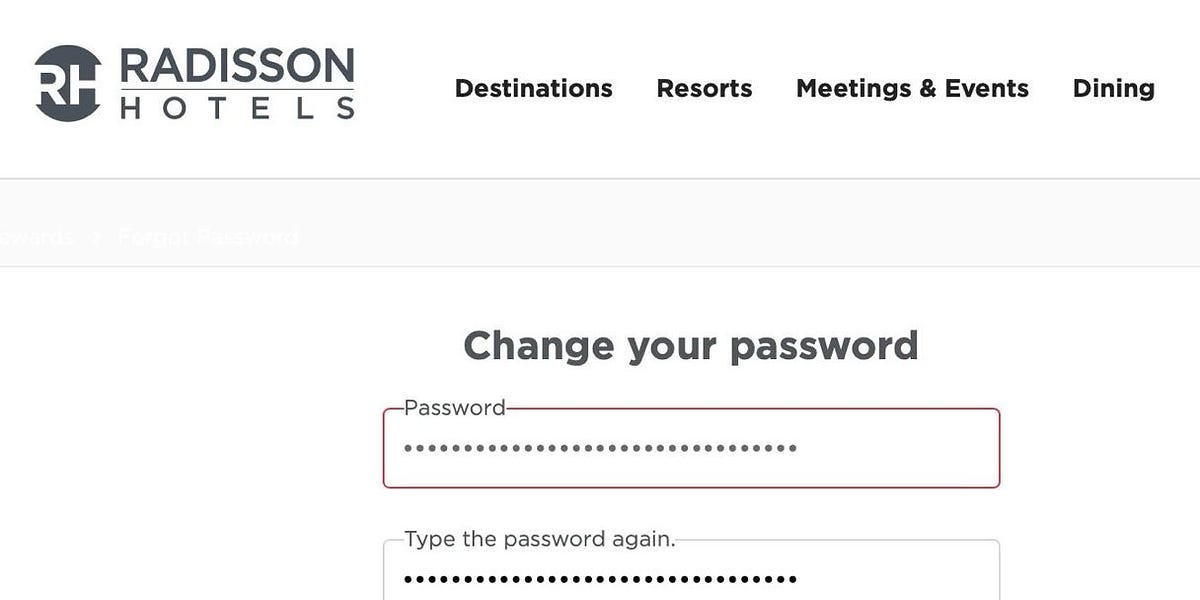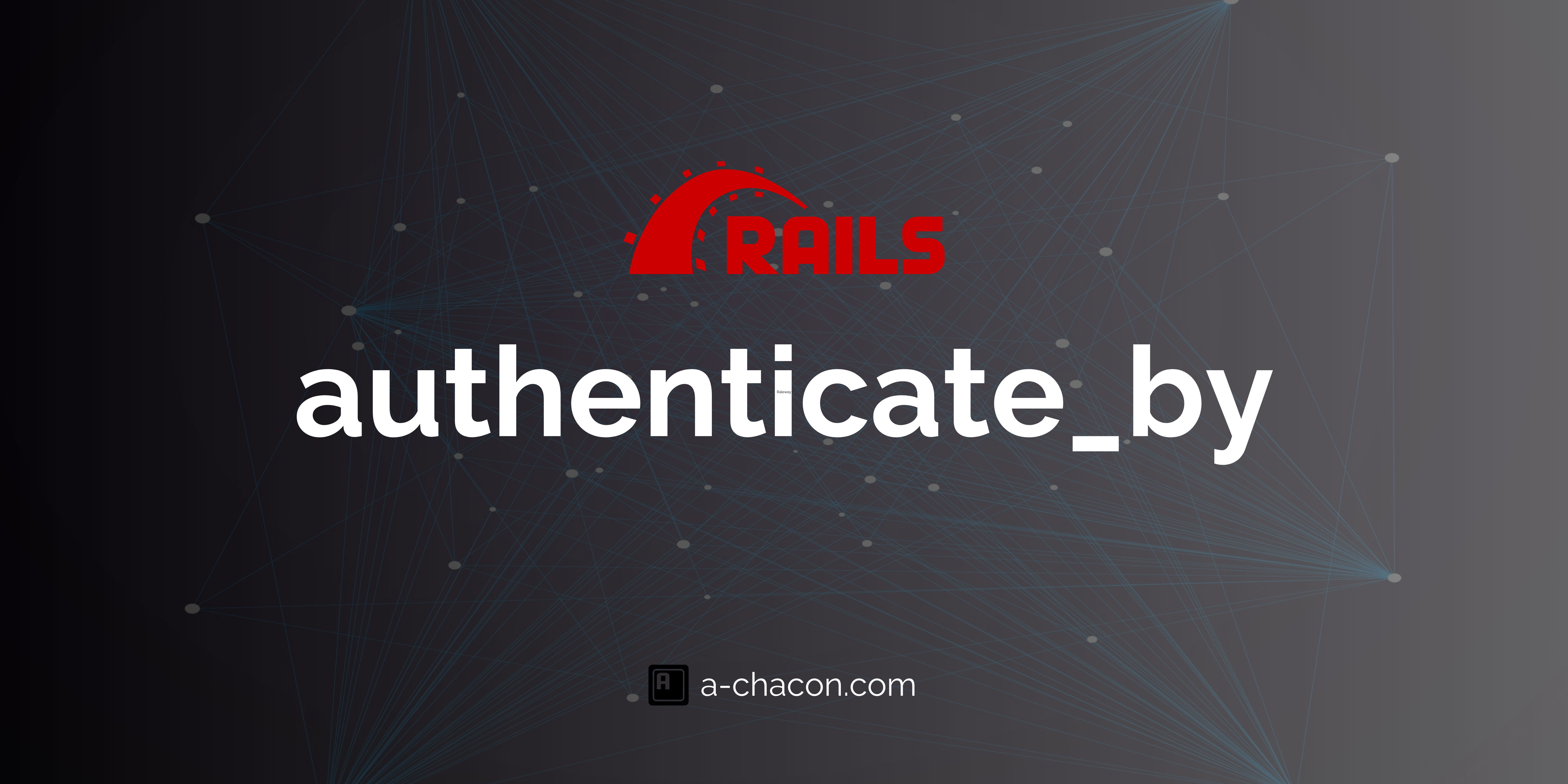On Security: Bruce Schneier
Modern ransomware has two dimensions: pay to get your data back, and pay not to have your data dumped on the Internet. The DC police are the victims of this ransomware, and the criminals have just posted personnel records — “including the results of psychological assessments and polygraph tests; driver’s license images; fingerprints; social security numbers; dates of birth; and residential, financial, and marriage histories” — for two dozen police officers.
The Colonial Pipeline is another current high-profile ransomware victim. (Brian Krebs has some good information on DarkSide, the criminal group behind that attack.) So is Vastaamo, a Finnish mental heal clinic. Criminals contacted the individual patients and demanded payment, and then dumped their personal psychological information online.
An industry group called the Institute for Security and Technology (no, I haven’t heard of it before, either) just released a comprehensive report on combating ransomware. It has a “comprehensive plan of action,” which isn’t much different from anything most of us can propose. Solving this is not easy. Ransomware is big business, made possible by insecure networks that allow criminals to gain access to networks in the first place, and cryptocurrencies that allow for payments that governments cannot interdict. Ransomware has become the most profitable cybercrime business model, and until we solve those two problems, that’s not going to change.


/cdn.vox-cdn.com/uploads/chorus_asset/file/19715597/acastro_200212_1777_Lambda_0001.jpg)









